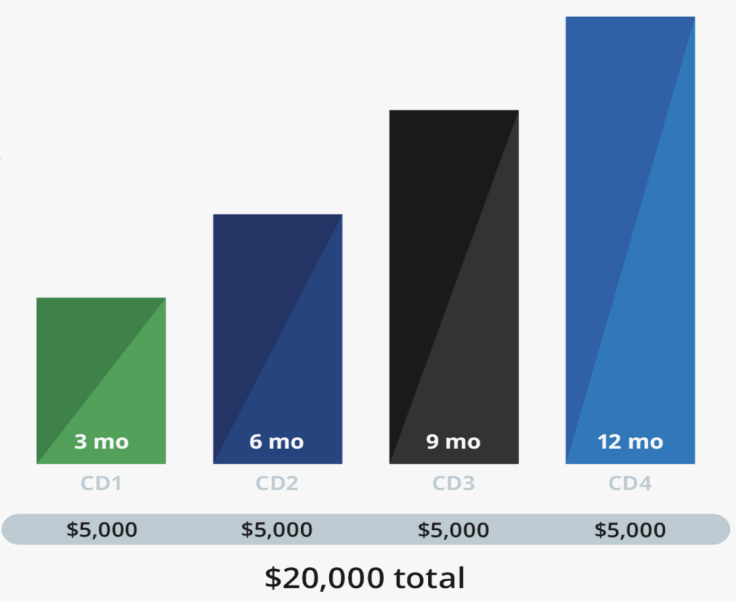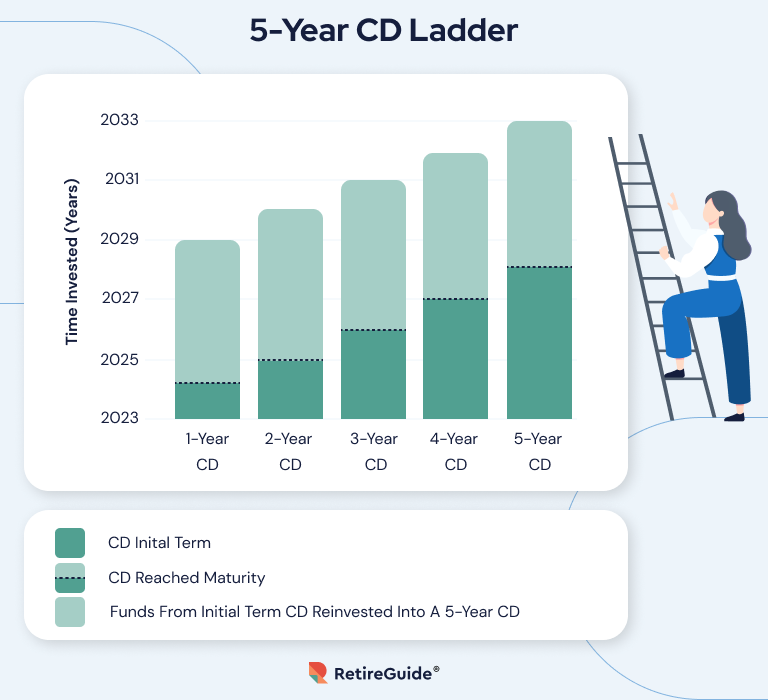“Chase Bank CD Rates: A Comprehensive Guide
Chase Bank CD Rates: A Comprehensive Guide
Certificates of Deposit (CDs) are a popular savings vehicle for individuals looking for a safe and predictable way to grow their money. Chase Bank, one of the largest banks in the United States, offers a range of CDs with varying terms and interest rates. Understanding Chase Bank’s CD rates is crucial for making informed financial decisions. This comprehensive guide explores the intricacies of Chase Bank’s CD offerings, helping you navigate the options and choose the best CD for your financial goals.
Understanding CD Rates
Before diving into Chase Bank’s specific offerings, it’s essential to grasp the fundamental concepts surrounding CD rates. The interest rate on a CD is the annual percentage yield (APY), representing the total amount of interest you’ll earn over a year, considering the effect of compounding. The APY is typically higher than the stated interest rate, as it accounts for the interest earned on previously accrued interest.
Several factors influence CD rates, including:
-
Term Length: CDs come with various terms, ranging from a few months to several years. Generally, longer-term CDs offer higher APYs to compensate for the longer commitment.
-
Market Conditions: Interest rates fluctuate based on economic conditions. When the Federal Reserve raises interest rates, CD rates tend to rise, and vice versa.

-
Creditworthiness: The bank’s creditworthiness plays a role in the rates it can offer. A financially stable bank can typically offer more competitive rates.

Account Balance: Some banks may offer tiered rates, meaning higher account balances may qualify for higher APYs. Chase Bank’s rate structure should be carefully examined to determine if this applies.
Chase Bank’s CD Offerings
Chase Bank provides a variety of CD options to cater to different financial needs and risk tolerances. Their offerings typically include:

-
No-Penalty CDs: These CDs allow early withdrawal without incurring penalties, providing flexibility for unexpected expenses. However, they usually come with lower APYs compared to traditional CDs.
-
Traditional CDs: These are the standard CDs with fixed terms and interest rates. Early withdrawal typically results in penalties, so careful consideration of the term length is essential.
-
Bump-Up CDs: These CDs allow you to increase the interest rate once during the term, taking advantage of potential rate increases in the market. This option provides a degree of flexibility while still offering a potentially higher return.
-
High-Yield CDs: These CDs offer higher APYs than standard CDs, but they often come with longer terms and may have stricter early withdrawal penalties.
Factors to Consider When Choosing a Chase Bank CD
Selecting the right Chase Bank CD requires careful consideration of several factors:
-
Financial Goals: Determine your financial objectives. Are you saving for a down payment, retirement, or another specific goal? This will influence the term length and amount you invest.
-
Risk Tolerance: CDs are generally considered low-risk investments, but longer-term CDs lock your money away for a more extended period. Assess your comfort level with tying up your funds.
-
Time Horizon: Consider how long you can comfortably keep your money invested. Longer-term CDs offer higher APYs but limit access to your funds.
-
Liquidity Needs: Evaluate your need for access to your funds. If you anticipate needing the money before the CD matures, consider a shorter-term CD or a no-penalty CD, even if the APY is lower.
-
Fees and Penalties: Carefully review any fees or penalties associated with early withdrawal or other CD features. These can significantly impact your overall returns.
Comparing Chase Bank CD Rates to Competitors
While Chase Bank offers competitive CD rates, it’s crucial to compare its offerings with those of other financial institutions. Several online banks and credit unions often provide higher APYs, especially for longer-term CDs. However, consider the convenience and accessibility offered by Chase Bank’s extensive branch network and online banking platform.
Use online comparison tools to analyze CD rates from various banks and credit unions. Factor in all fees and penalties to get a clear picture of the net return. Don’t solely focus on the APY; consider the overall value proposition, including customer service, online banking features, and the bank’s financial stability.
Accessing Chase Bank CD Rates
Chase Bank’s CD rates are readily available on their official website. You can usually find the current rates by navigating to the savings and investments section. The rates are often presented in a table format, showing the APY for different term lengths. It’s essential to check the website regularly, as rates can change frequently.
You can also contact a Chase Bank representative directly to inquire about current CD rates and discuss your investment options. They can provide personalized advice based on your financial situation and goals.
Conclusion
Chase Bank offers a range of CDs to suit various financial needs. However, selecting the right CD requires careful consideration of your financial goals, risk tolerance, and time horizon. Comparing Chase Bank’s rates with those of competitors is crucial to ensure you’re getting the best possible return on your investment. Remember to thoroughly review the terms and conditions, including fees and penalties, before committing to a CD. By understanding the intricacies of Chase Bank’s CD offerings and conducting thorough research, you can make an informed decision that aligns with your financial objectives. Remember to regularly monitor market conditions and your investment portfolio to ensure your strategy remains aligned with your goals.
